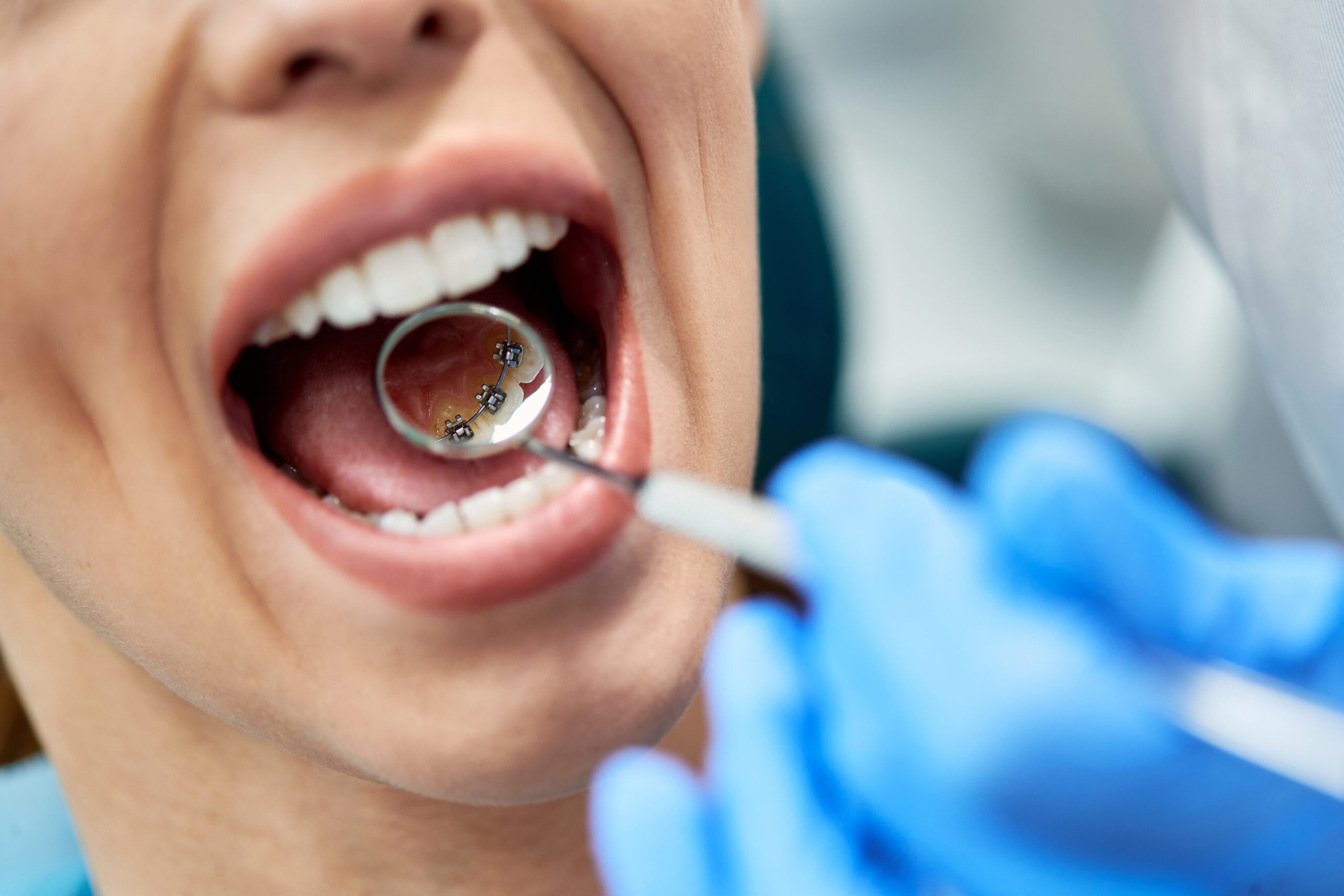The smart Trick of Legacy Orthodontics That Nobody is Talking About
Table of ContentsLegacy Orthodontics - An OverviewThe Of Legacy OrthodonticsSome Ideas on Legacy Orthodontics You Should KnowThe 7-Minute Rule for Legacy Orthodontics6 Simple Techniques For Legacy Orthodontics
In enhancement, we offer flexible treatment routines, flexible payment options and a fun, satisfying experience.An orthodontist is a dental professional trained to detect, stop, and treat teeth and jaw abnormalities. They remedy existing problems and are trained to determine issues that might establish in the future. Orthodontists collaborate with individuals of every ages, from youngsters to grownups. People typically link a perfect smile with health.
Malocclusion, or misaligned teeth, can result in oral concerns, consisting of tooth decay, gum condition, and tough or painful eating. Not everybody is birthed with straight teeth. If you have a poor bite or huge rooms between your teeth, you may desire to speak with a dentist focusing on orthodontic care.
8 Simple Techniques For Legacy Orthodontics
( Image Credit Score: DigitalVision/Getty Images) Orthodontists make use of dealt with and removable dental devices, like dental braces, retainers, and bands, to change the setting of teeth in your mouth. Orthodontic treatment is for oral abnormalities, consisting of: Crooked teethBite issues, like an overbite or an underbiteCrowded teeth or teeth that are also far apartJaw misalignmentThe objective of orthodontic treatment is to improve your bite.
A healthy and balanced bite guarantees you can eat, eat, and speak effectively. While you could consider orthodontists as mostly for children or teenagers that require braces, they can correct oral troubles at any age. Orthodontists attend college, oral school, and orthodontic college. After college graduation, they spend 2 or 3 years in an orthodontic residency program.
All orthodontists are dentists, but not all dentists are orthodontists. Orthodontic residency programs use extensive, focused instruction for oral specialists. They concentrate on two locations: Just how to appropriately and securely move teeth Exactly how to appropriately direct development in the teeth, jaw, and faceOnce an orthodontist has finished training, they have the option to come to be board licensed.
Legacy Orthodontics - Questions
Misalignment, or malocclusion, is one of the most usual reason individuals see an orthodontist. It is hereditary and is the result of dimension differences between the top and lower jaw or between the jaw and teeth. Malocclusion results in tooth overcrowding, a misshapen jaw, or irregular bite patterns. Malocclusion is generally treated with: Your orthodontist attaches steel, ceramic, or plastic square bonds to your teeth.
Some people need a headwear to aid move teeth into line with stress from outside the mouth. A retainer is a personalized tool that keeps your teeth in place.
They can create added space in the mouth without having to pull teeth. Orthodontists make use of wires, surgical screws, or plates to sustain your jaw bone.
You might require to see an orthodontist if you have: Crowding or not enough room for every one of your teethOverbite, when your top teeth come browse around this site over your bottom teethUnderbite, when your bottom teeth are also much forwardSpacing or problems with gapsCrossbite, which is when your top teeth fit behind your bottom teeth when your mouth is closedOpen bite or a vertical gap in between your front base and upper teethMisplaced midline, when the center of your bottom and top teeth don't line up Correcting an oral malocclusion can: Make biting, chewing, and speaking easierImprove the proportion of our face and your general appearanceEase pain from temporomandibular joint conditionsDifferent your teeth and make them easier to cleanse, helping prevent dental cavity or tooth cavities It's frequently a dental practitioner who first notices misaligned teeth throughout a routine exam.
Legacy Orthodontics Things To Know Before You Buy

Throughout your very first orthodontic consultation, you'll likely have: An oral examPhotos taken of your face and smileDental X-raysPanoramic (360 degree) X-rays of your face and headImpressions to produce mold and mildews of your teethThese examinations will aid your orthodontist know how to proceed with your therapy. clear braces. An orthodontist is a dental expert who's had training to treat your teeth and jaw
Orthodontists may do surgical procedure, exams,X-rays,and even more to aid you attain an extra comfortable, much healthier smile. An orthodontist is focused on your bite, so something like a damaged tooth would be dealt with by a dentist. Orthodontists are dental professionals however not all dental professionals are orthodontists. Orthodontists are concentrated on your bite, or the way your teeth fit together, and the straightness of your teeth.
Ever before questioned exactly how celebrities always seem to have perfectly straightened teeth? Orthodontists are dental specialists who concentrate on fixing irregularities in the teeth and jaws.
The Greatest Guide To Legacy Orthodontics

While braces are the most commonly recognized orthodontic therapy, orthodontists have a varied toolkit at their disposal. The specific method selected depends on the extent of the instance, the person's age, and specific choices. These reliable braces use a system of braces bound to the teeth and connected by wires.
These detachable trays are personalized to considerably move the teeth's position. In instances of slim jaws, palatal expanders can be made use of to develop space for proper tooth alignment.